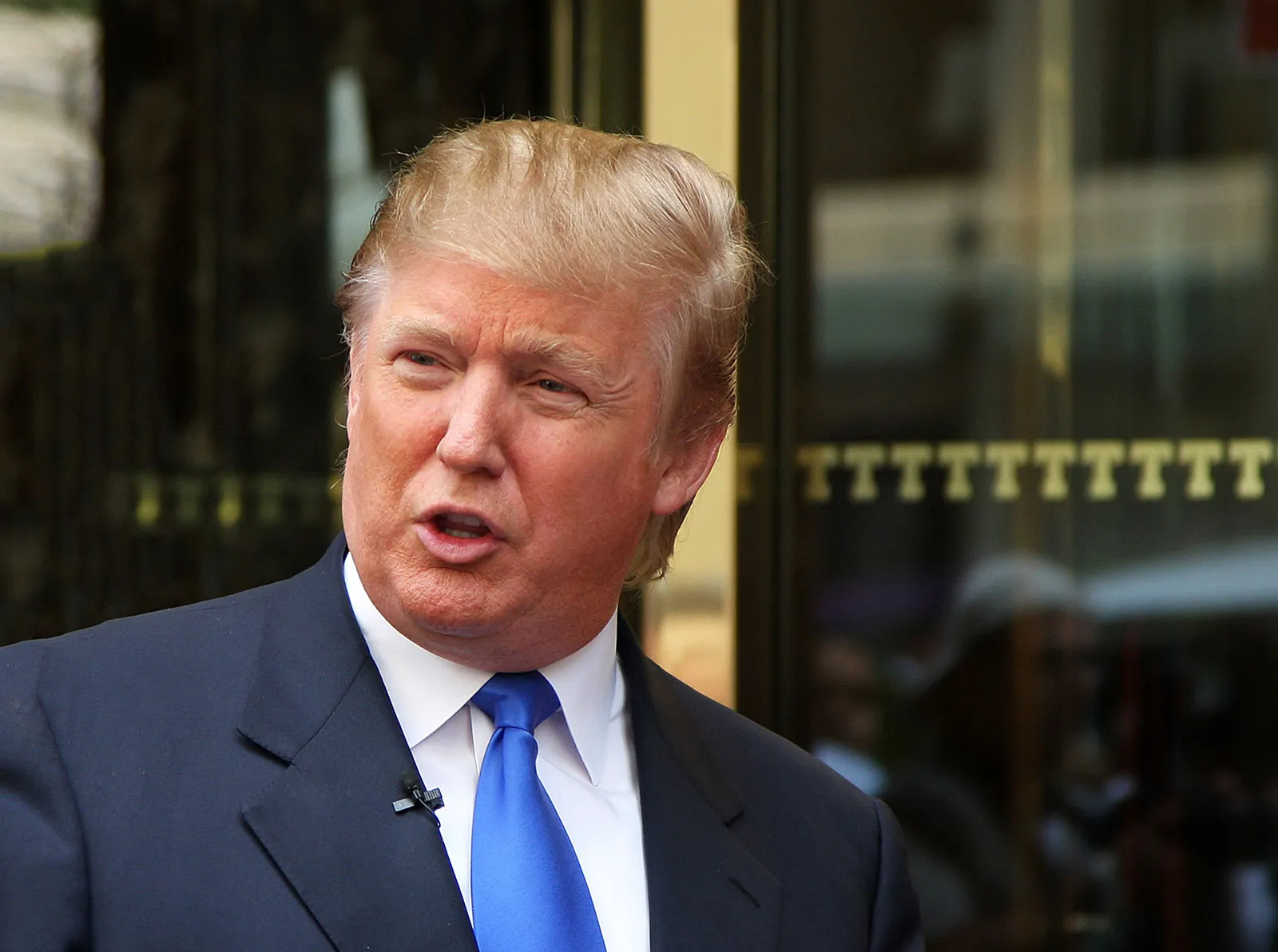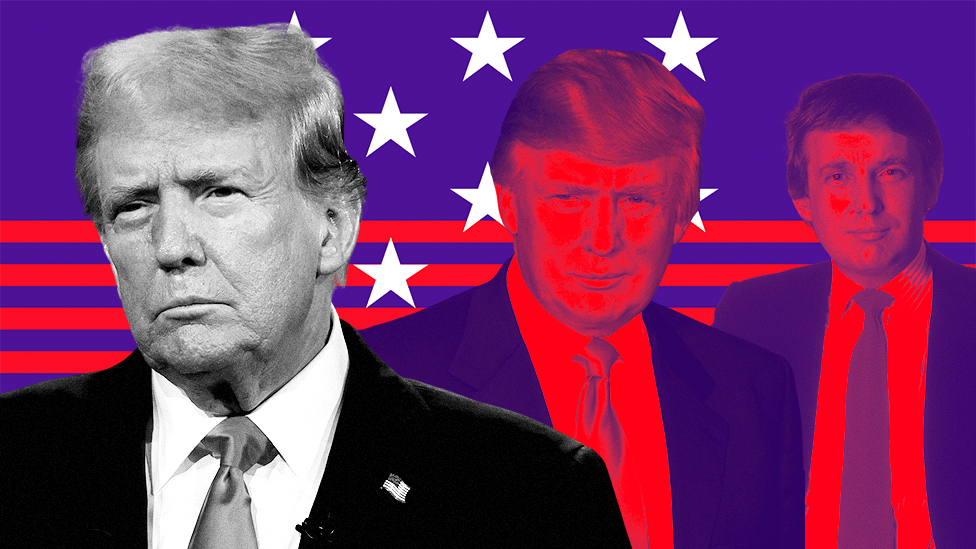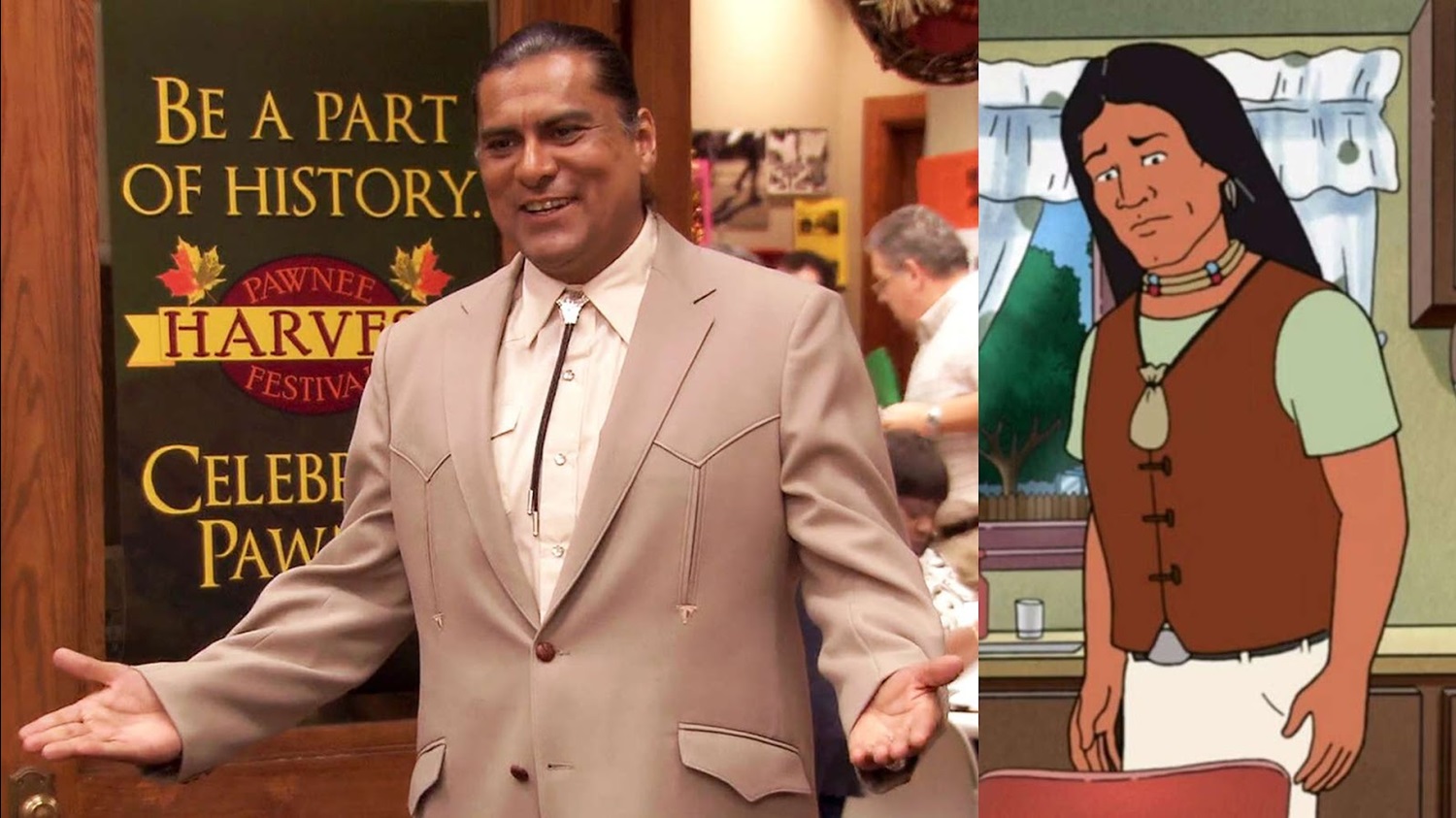
Trump deviated from tradition by extending invitations to multiple foreign leaders for the ceremony.
Donald Trump is scheduled to take the oath of office as the 47th President of the United States on January 20, after winning decisively on November 5. His inauguration will represent a remarkable comeback, as he begins his second term in office, appearing even more powerful and unpredictable than in his previous tenure.
Unlike many other democracies where power transfer occurs immediately after elections, the United States has a more extended process.

The Reason Behind the U.S. Presidential Inauguration Delay After Election
In the November elections, Donald Trump secured victory with 312 electoral votes. (FILE)
Donald Trump is set to be sworn in as the 47th president of the United States on January 20. The 78-year-old will commence his second term, succeeding incumbent President Joe Biden.
What accounts for the lengthy interval between the presidential election and the inauguration in the U.S.? The country adheres to a longer procedure compared to many democracies where the transition of power occurs almost instantaneously post-elections.
The 11-week period between the election and the inauguration is intended to facilitate essential preparations for a seamless handover to the new administration. This transition phase allows the incoming president and their team to organize, form a cabinet, create policies, and tackle crucial national issues prior to officially assuming office.
Donald Trump’s selected Cabinet members include Pete Hegseth for Secretary of Defense, Pam Bondi for Attorney General, and Robert F. Kennedy Jr. for Secretary of Health, among others.
KEY PICKS AND CHOICES FOR TRUMP’S 2.0 CABINET
Secretary of State: Marco Rubio
Florida Senator Marco Rubio is set to be appointed as Secretary of State, making him the first Latino to hold the position of America’s top diplomat.
Similar to Waltz, Rubio is recognized for his aggressive stance towards China and his advocacy for India.
In 2023, he put forward the US-India Defence Co-operation Act, aiming to enhance bilateral security ties in light of China’s assertive actions in the region.
Rubio’s diplomatic background and firm support for India are likely to ensure the continuation of strong US-India relations during Trump’s second term.
Secretary of Defence: Pete Hegseth
Pete Hegseth, a Fox News anchor and veteran of the Army National Guard, has been selected as Secretary of Defence.
Hegseth is recognized for his strong position on military preparedness and his commitment to an “America First” defence strategy.
His expertise and leadership are anticipated to bolster the US military and align with Trump’s overarching defence objectives.
National Security Advisor: Mike Waltz, Leader of the India Caucus
Mike Waltz, an outspoken critic of China and co-chair of the bipartisan Congressional India Caucus, has been appointed by Trump to serve as the National Security Advisor.
Waltz has long promoted enhanced defence and security collaboration between the US and India, and his appointment indicates an ongoing emphasis on reinforcing these ties, particularly in defence matters.
Waltz has consistently highlighted the significance of India in counteracting China’s expanding influence in the Indo-Pacific.









